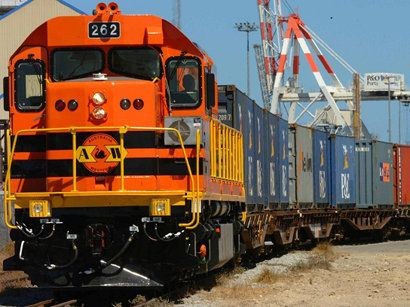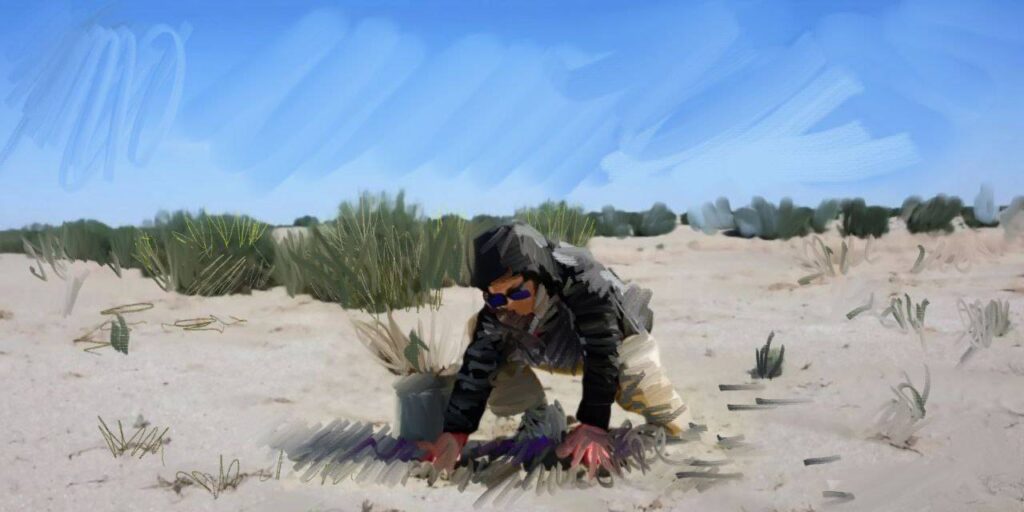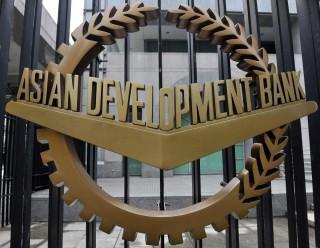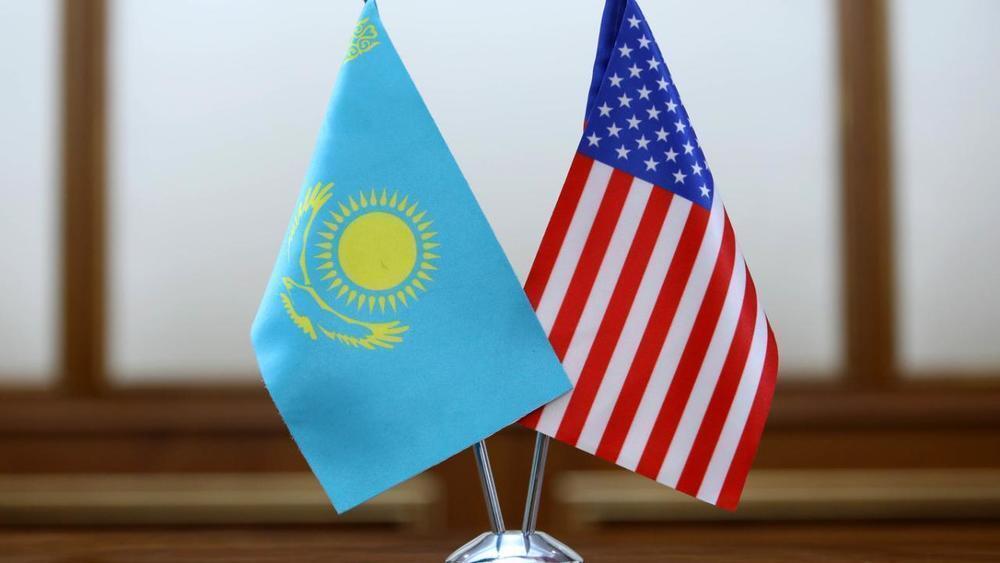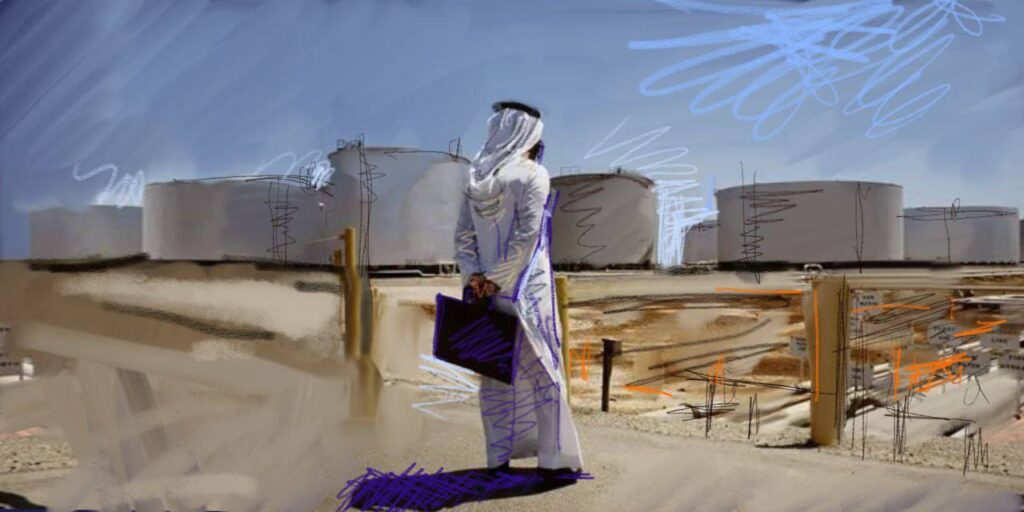BISHKEK (TCA) — Today, east-west rail links are considered at least as important as maritime power. And though at varying speed according to working area, spades are being put into the ground as construction work proceeds, thereby increasing investors’ trust that something is actually being done with their money except paperwork.
Recently, when China hosted the G20 summit, the agenda was all based under the banner of “seeking solutions towards an innovative, invigorated, interconnected and inclusive world economy”. Apart from global monetary and legal reforms the more visible part of the scheme is known as One Belt, One Road (OBOR), a new, or rather revived, network of technology, logistics and transportation facilities stretching mostly overland from the Atlantic to the Pacific. Railways play a key role in that scheme, since they add speed to other cost-lowering factors.
The recently founded Asian Infrastructure Investment Bank has already committed $100 billion to the purpose and is now building up capital resources of up to a trillion dollars to expand its package of credits. The Silk Road Fund has posted a working capital of $40 billion to fund the OBOR projects, while the BRICS’s New Development Bank (NDB) has put $100 billion on the table, according to a recent report in the American periodical Counterpunch. That means close to a quarter trillion in US dollar in ready money and another half trillion in supranational institutional working capital reasonably speaking within reach.
The railway section of the “Trans-Eurasia Corridor” basically consists of three branches. The northern one is almost a century-and-a-half old and mainly consist of the Tran Siberian rail and road link which has enabled trains and vehicles to run from the North Sea ports to the Pacific since the 1870s virtually without hindrance. Construction of the Central Branch, which is more complicated in every sense, started by the end of the XIX Century and remains unfinished up till this day. The southern branch is a combination of maritime and overland routes which goes back to the Antiquity.
It is the northern branch of the railway system that has the most immediate perspectives of the three. It involves two main partners: the national railway companies of China and Russia. Their respective performances are, naturally, subject to close scrutiny by OBOR investment institutions before all those hundreds of billions start flowing in.
Additional investments are expected from the BRICS’s NDB that is already negotiating a proposal to invest in Russia’s first high-speed railway line between the cities of Moscow and Kazan, NDB Vice President Zhu Xian was quoted as saying on the eve of the G20 summit by Sputnik. The 770-kilometre track is supposed to cost in the order of a trillion Russian rouble, or around $20 billion according to current exchange rates.
Further east, a project wearing a price tag of 420 billion rouble ($6.5 billion) was launched in late August, linking the main Pacific ports of Russia, China and eventually North and South Korea to the Trans-Siberian line. The project is being managed by Khabarovsk-based transport logistics company Samarga-Holding.
“The project involves the construction of a logistical center at a railway station in Khabarovsk, the administrative center of Khabarovsky Krai and a station on the Far Eastern railway,” Sputnik reported referring to RIA Novosti. “A new railway line will be laid from Khabarovsk to neighboring Primorsky Krai, extending to the estuary of the River Samarga. A new port, projected to cost $3.1 billion, will be constructed at the Samarga estuary, enabling cargo to be ferried to neighboring Far Eastern countries.”
Samarga claims to have secured around 30 per cent of all costs, and to be “in talks with Asian investors including Japan’s Association for Trade with Russia and Eastern Europe (ROTOBO) and the Industrial and Commercial Bank of China” to get the rest of the budget together. And so the beat goes on – but as we shall see not without warning signs to countries to Russia’s south which have to face a much more complicated situation in their efforts to join the New Silk Road.
This is the first part of a series of articles focusing on railway projects connecting China, Central Asia, Russia, and Europe. The second article will focus on railways across Kazakhstan.
